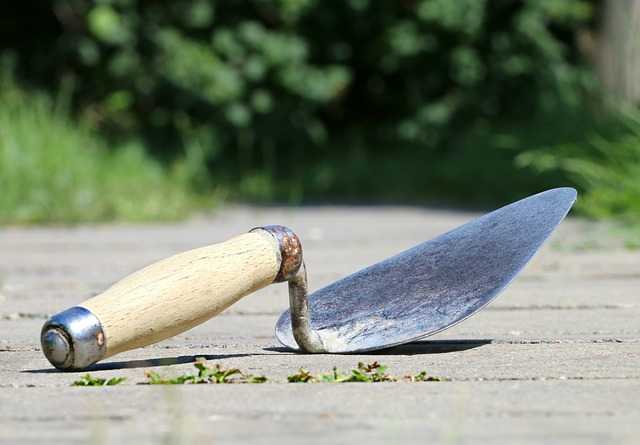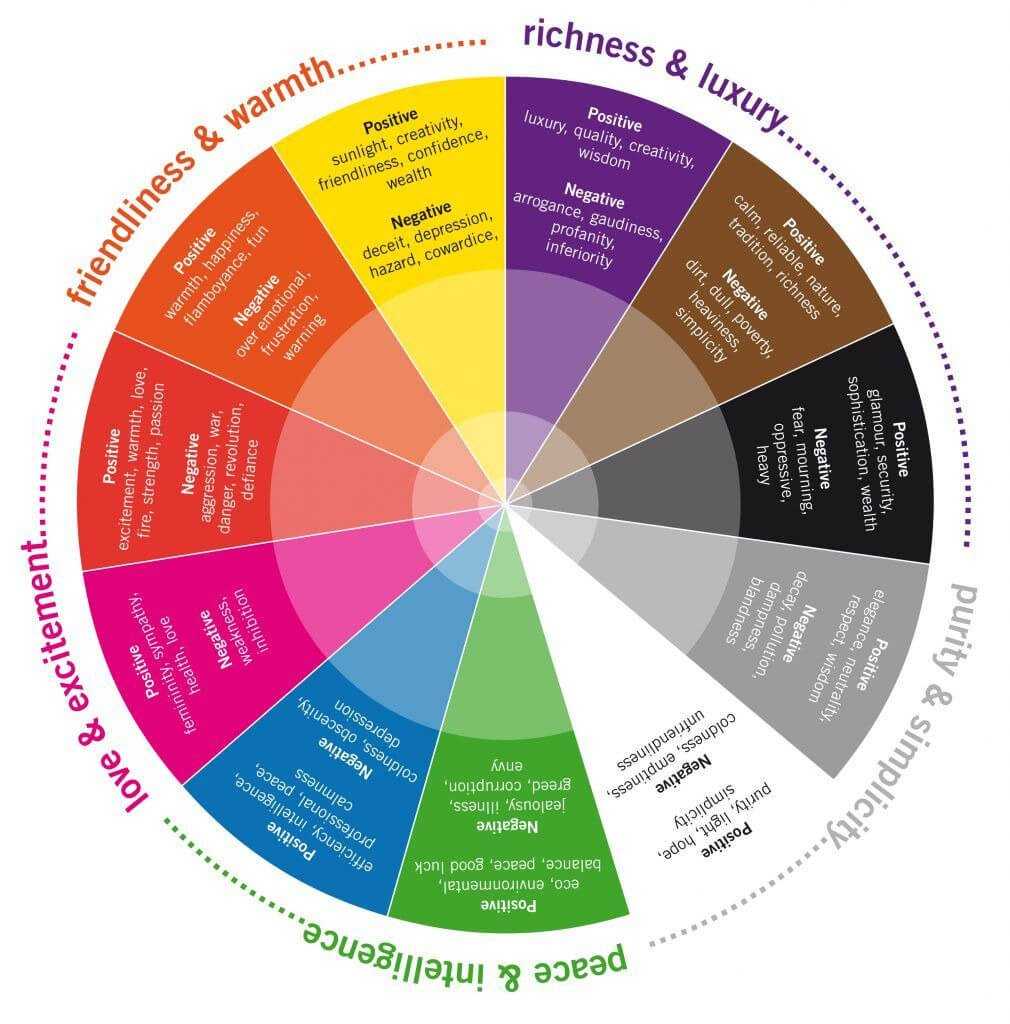Table of Contents
- Understanding the Fundamentals of Watercolor Techniques in Landscape Painting
- Choosing the Right Materials for Stunning Watercolor Landscapes
- Mastering Composition and Perspective to Enhance Your Landscape Art
- Exploring Color Theory to Bring Your Watercolor Landscapes to Life
- Q&A
- The Way Forward


Understanding the Fundamentals of Watercolor Techniques in Landscape Painting
Watercolor painting, particularly in landscapes, requires a keen understanding of how to manipulate the medium for the desired effect. One of the primary techniques is the wet-on-wet method, where wet paint is applied to wet paper. This allows colors to blend softly, creating dreamy skies or smooth water reflections. Conversely, the wet-on-dry technique, where wet paint is applied to dry paper, enables artists to achieve sharper edges and more defined elements in the landscape, such as trees or rocky terrains. Mastering these techniques is essential for successfully conveying the depth and nuances of natural scenery.
Another critical aspect is the use of color layering. In landscape painting, starting with light washes and building up with darker colors can add dimension and richness to the artwork. By allowing each layer to dry before adding the next, artists can create a sense of depth and atmosphere. The careful selection of color palettes also plays a significant role. Using a limited palette helps to maintain harmony and coherence in the painting, while contrasting colors can draw attention to focal points such as a vibrant sunset or an eye-catching tree.
It’s also vital to consider the application of texture techniques to bring the landscape to life. Techniques such as spattering and dry brushing can create interesting textures that represent elements like grass, foliage, or rocky surfaces. Layering these textures can give the painting an organic feel. Additionally, employing salt or plastic wrap while the paint is still wet can yield unique patterns and effects, simulating the randomness of nature and adding an extra layer of intrigue to the artwork.
| Technique | Description |
|---|---|
| Wet-on-Wet | Apply wet paint to wet paper for gentle blending. |
| Wet-on-Dry | Apply wet paint to dry paper for sharp edges. |
| Color Layering | Build layers of color for depth and richness. |
| Texture Techniques | Create various textures for a more dynamic landscape. |
By understanding and practicing these fundamental techniques, artists can elevate their watercolor landscape paintings to new heights. Each technique brings a unique quality to the artwork, allowing for an exploration of creativity and expression. Through experimentation and persistence, one can capture not just a landscape, but the very essence of nature itself on paper.
Choosing the Right Materials for Stunning Watercolor Landscapes
When crafting breathtaking watercolor landscapes, the choice of materials can make all the difference in achieving that stunning finish. Quality watercolor paper is at the forefront of must-have supplies. Opt for 100% cotton paper, as it can absorb water without warping, allowing for greater fluidity in your painting techniques. Look for papers with a weight of at least 300 GSM, which provides a sturdy canvas for your watercolors.
Next on your list should be watercolor paints themselves. Traditional pan sets offer convenience for on-the-go artists, while tube paints are excellent for creating bold, vibrant mixes on your palette. Pay attention to pigment quality; professional-grade paints usually contain higher concentrations of color, resulting in richer landscapes. Some reputable brands include:
- Winsor & Newton
- Daniel Smith
- Schmincke
- Sennelier
Don’t overlook the necessity of brushes that suit your painting style. A variety of brush shapes will enhance your creativity, allowing for unique textures and effects in your landscapes. Consider investing in a mix of round and flat brushes, along with a rigger brush for fine details. Remember, the size of your brush can significantly impact the outcome of your work, so provide yourself with options ranging from small detail brushes to larger washes.
Lastly, the use of masking fluid can aid in maintaining the white of the paper for elements like clouds or highlights. This liquid latex is applied before painting, ensuring that specific areas remain untouched by color. Experiment with different application techniques, like using a fine brush or a simple sponge, to introduce a variety of effects in your landscapes. With the right materials at your disposal, your watercolor creations will undoubtedly come to life.


Mastering Composition and Perspective to Enhance Your Landscape Art
When creating captivating watercolor landscapes, mastering composition and perspective is essential for breathing life into your artwork. Composition refers to the arrangement of elements within your painting, while perspective gives depth and dimension, guiding the viewer’s eye. Start by familiarizing yourself with the rule of thirds, which suggests dividing your canvas into three equal parts both horizontally and vertically. Positioning key elements along these lines or at their intersections can create a balanced and dynamic piece.
Another valuable technique is the use of leading lines. These are natural pathways, like roads or rivers, that draw the viewer’s attention into the scene. Incorporating these lines effectively can lead the eye towards focal points, enriching the narrative of your landscape. You might want to explore various angles, such as low or high perspectives, that offer unique viewpoints and reveal different aspects of your subject matter:
- Low angle: Emphasizes foreground elements and creates a sense of grandeur.
- High angle: Offers a broad overview, allowing the viewer to see more of the landscape.
- Eye level: Creates a connection with the viewer, inviting them into the scene.
Implementing atmospheric perspective is another key technique to enhance your watercolor landscapes. This involves using color and value to suggest depth; as objects recede into the background, they should appear lighter and duller in color. Additionally, consider creating a simple table to help you keep track of how to apply these elements effectively:
| Technique | Description | Effect |
|---|---|---|
| Rule of Thirds | Division of the canvas to arrange key elements | Balanced and engaging composition |
| Leading Lines | Paths that guide viewers into the artwork | Enhanced focus on focal points |
| Atmospheric Perspective | Use of color to suggest depth | Added dimension and realism |
As you experiment with these principles, don’t hesitate to break traditional rules. Artistic expression often flourishes when you step outside your comfort zone. Challenge yourself to play with scale and proportion—perhaps exaggerate a towering mountain or shrink the sun for dramatic effect. Ultimately, the goal is to create landscapes that resonate with your unique vision while engaging viewers through calculated composition and perspective.


Exploring Color Theory to Bring Your Watercolor Landscapes to Life
Understanding color theory is crucial for any artist looking to enhance their watercolor landscapes. By mastering the basic principles of color, you can create depth, emotion, and cohesive beauty in your artwork. Start by familiarizing yourself with the color wheel, which consists of primary, secondary, and tertiary colors. This knowledge will allow you to combine colors effectively, making your scenes more vibrant and dynamic.
When painting landscapes, consider the use of complementary colors to create contrast. For instance, if you have a vivid blue sky, try incorporating hints of orange to add warmth and life. This will not only make your artwork more striking but also help in achieving a sense of balance. As you paint, be mindful of the temperature of colors—warm colors tend to advance while cool colors recede, allowing you to manipulate space and perspective within your composition.
Another essential aspect of color theory is the concept of analogous colors. These are colors that are next to each other on the color wheel and can harmonize beautifully when used together. When capturing a serene sunset over a landscape, you might use shades of red, orange, and yellow for the sky while complementing it with green and blue hues for the ground. This method promotes a feeling of unity, resulting in landscapes that feel more cohesive and inviting.
To further refine your understanding, experiment with color value—the lightness or darkness of a color. Adjusting values can significantly affect the mood of your landscape. Light, airy wash techniques can evoke calmness, while deeper, darker colors can suggest drama or mystery. Keep a color chart handy to mix and match various values, noting how they impact your pieces. Use this knowledge to guide your brush strokes and effectively communicate the atmosphere of your watercolors.
